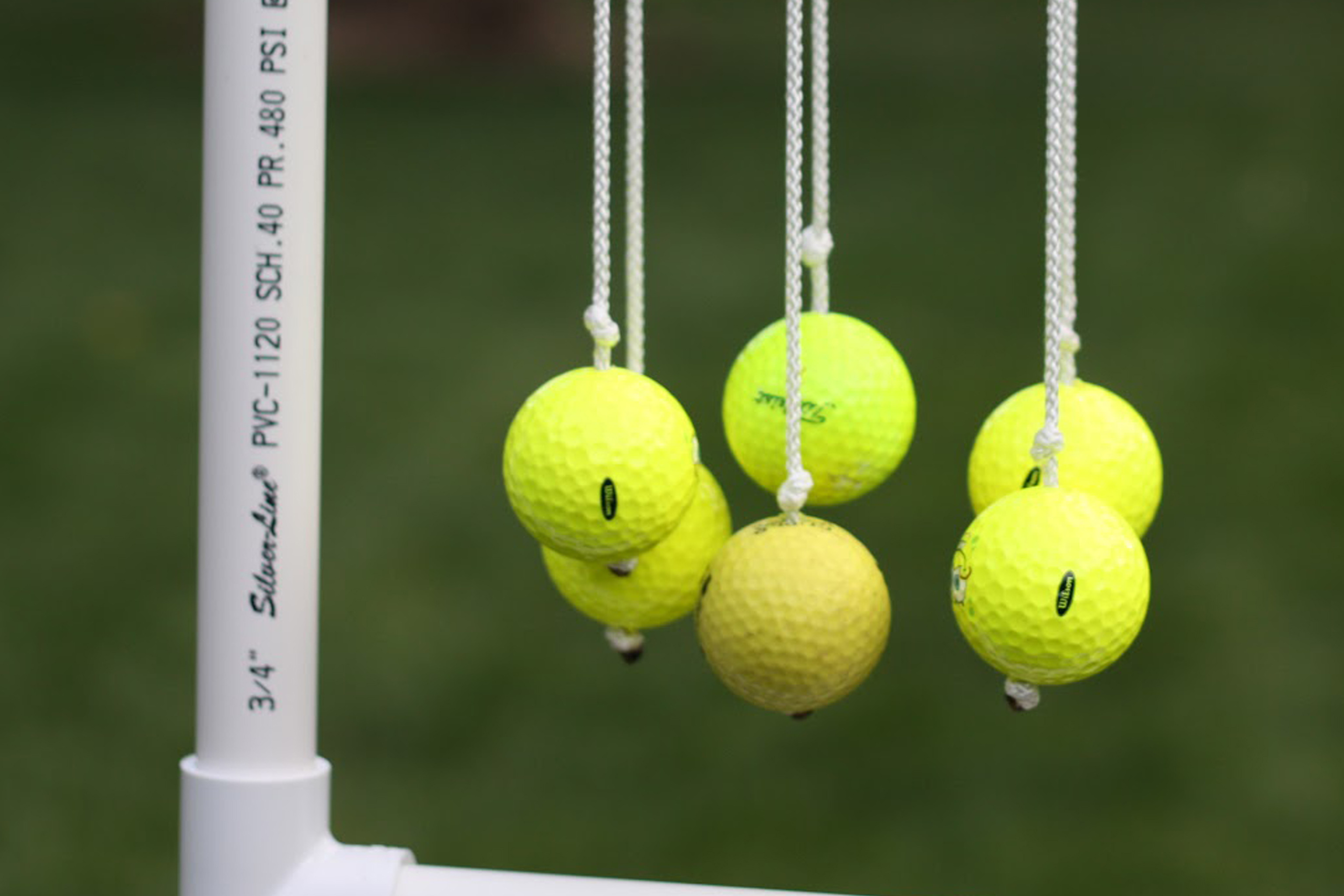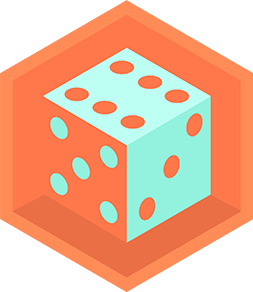Create a ball game
Design and build a homemade ball game using recycled materials, set rules and scoring, test and improve gameplay to learn creativity and physics.



Step-by-step guide to design and build a homemade ball game
PE GAMES: BasKICKBall (Basketball + Kickball) Gym Game
Step 1
Gather all the materials onto a clear table so everything is ready to use.
Step 2
Decide the game goal and how players score points like hitting a target or landing in zones.
Step 3
Sketch a simple game layout on the cardboard showing a start point ramps and target zones.
Step 4
Cut ramps platforms and barriers from the cardboard and paper tubes to match your sketch.
Step 5
Build a target goal by cutting and taping a cup or small box onto the board where you want it.
Step 6
Attach ramps chutes and tunnels to the board with tape and glue to create ball paths.
Step 7
Label each scoring zone with numbers and decorate the board so rules are easy to read.
Step 8
Place the ball at the start and do one test roll to watch how it travels through the course.
Step 9
Play five test trials and write down the score from each trial on a scrap of paper.
Step 10
Pick one single change to improve the game based on your test results and make that adjustment.
Step 11
Run five more trials to compare scores and see if your change helped the game play better.
Step 12
Write the final rules point values and the game name clearly on the cardboard next to your course.
Step 13
Share your finished creation on DIY.org by posting photos and explaining the rules and how you improved the game.
Final steps
You're almost there! Complete all the steps, bring your creation to life, post it, and conquer the challenge!


Help!?
What can we use instead of cardboard or paper tubes if those are hard to find?
If you don’t have cardboard or paper tubes for the step to cut ramps, platforms and barriers, use flattened cereal or shoe boxes and toilet-paper rolls or split plastic water bottles to make ramps and tunnels that match your sketch.
The ball keeps stopping or the ramps fall off during the test roll—what should we try?
If the ball gets stuck during the one test roll or ramps shift when you attach ramps, chutes and tunnels to the board with tape and glue, reinforce taped joints with extra tape or hot glue, add small cardboard braces under ramps, and slightly change ramp angles so the ball reliably moves toward the cup goal.
How can we change the activity for younger kids or older kids?
For younger children simplify the game goal, label fewer scoring zones and use a larger soft ball and lower ramps, while older kids can use smaller targets, add timed five-trial challenges and track trial scores to refine their single improvement.
How can we extend or personalize the game after making the improvement?
To enhance the course after you pick one single change, add interchangeable ramps or a second target cup, decorate scoring zones with a theme, and photograph the updated board and rules to share on DIY.org.
Watch videos on how to design and build a homemade ball game
How to Catch a Ball for kids (Small ball catch) | Easy fundamental movement skills for preschoolers
Facts about engineering and physics for kids
♻️ Only about 9% of all plastic ever produced has been recycled — turning junk into games helps reduce waste!
📦 Corrugated cardboard is lightweight yet strong — layer and fold it to make sturdy ramps, chutes, and targets from recycled boxes.
🎯 Ignoring air resistance, a 45° launch angle gives the farthest range for a thrown ball — perfect for designing ramps and launches.
🤖 Rube Goldberg popularized silly, complicated machines in the 1920s — build one to make your ball game full of fun cause-and-effect tricks!
🏆 Simple scoring (like +1 per target) makes games easier to learn, while combo bonuses keep players coming back for higher scores.
How do I design and build a homemade ball game with recycled materials?
What materials and tools do I need to build a recycled-material ball game?
What ages is designing and building a homemade ball game suitable for?
What are the benefits and safety tips for making a recycled-material ball game at home?


One subscription, many ways to play and learn.
Only $6.99 after trial. No credit card required



